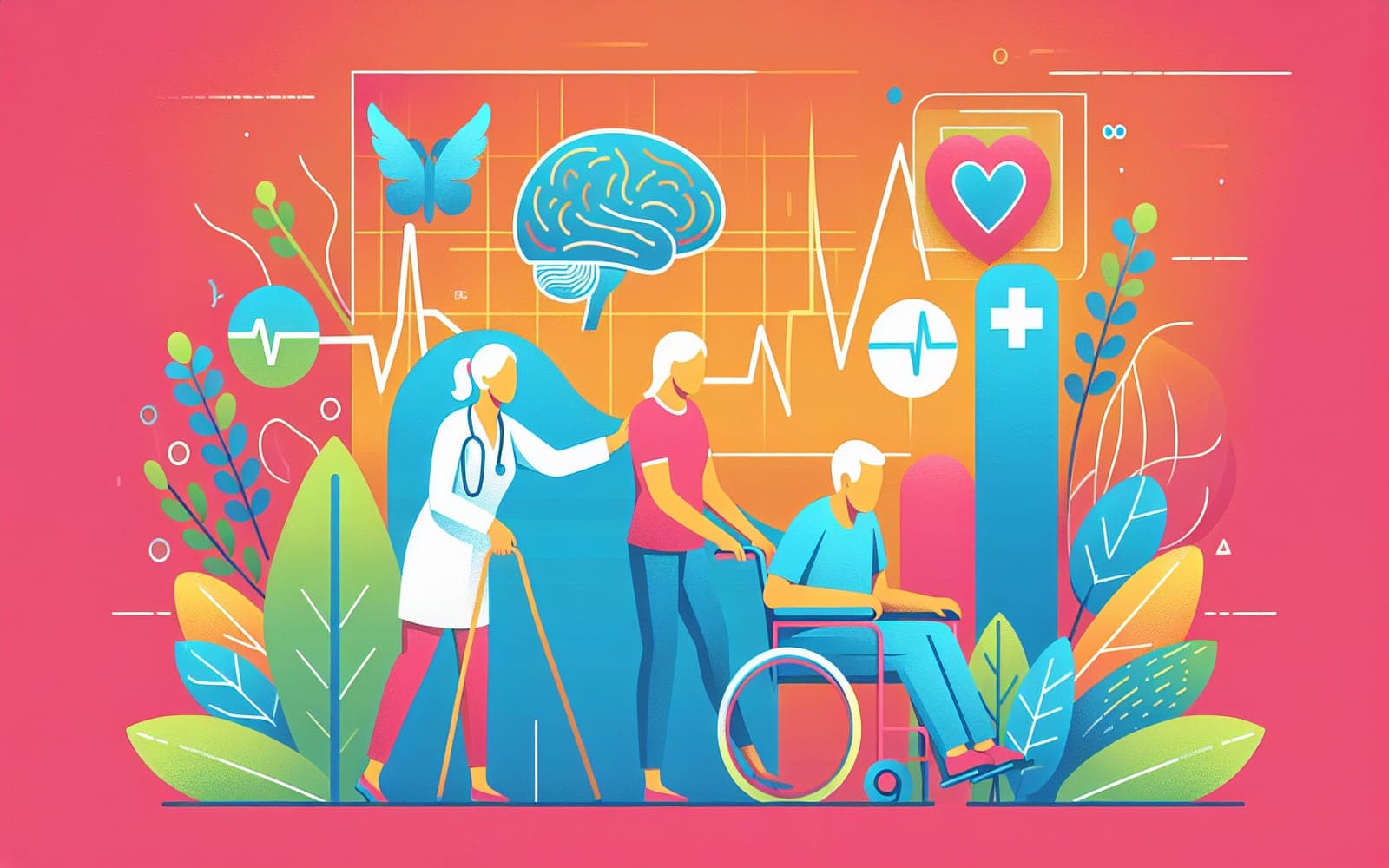Tremors 101: What You Need to Know About This Common Movement Disorder
Published: Jun 29, 2024
Tremors are involuntary shaking movements that affect millions of people. But what exactly causes these uncontrollable trembles, and how can they be treated?
Contents
What Are Tremors?
A tremor is an involuntary, rhythmic muscle movement that causes shaking in one or more parts of the body. It's like your body is doing a tiny dance that you can't control. Tremors most commonly affect the hands, but can also occur in the arms, head, vocal cords, torso, and legs. They can happen when you're moving (action tremor) or when you're still (rest tremor).
Common Types of Tremors
There are several types of tremors, each with different causes. Essential tremor is the most common, affecting up to 5% of people. It usually involves shaking in the hands and arms. Parkinsonian tremor is associated with Parkinson's disease and typically occurs at rest. Enhanced physiologic tremor is a temporary shaking caused by factors like caffeine, stress, or certain medications. Other types include cerebellar tremor, psychogenic tremor, and orthostatic tremor.

Diagnosing Tremors
If you're experiencing tremors, your doctor will likely start with a physical exam and detailed medical history. They'll observe when and where the tremor occurs and may ask you to perform tasks like drinking from a glass or writing. Blood tests can check for thyroid issues or other conditions. In some cases, imaging tests like MRI or CT scans may be used to look for underlying brain abnormalities.
Frequently Asked Questions
Usually not, but they can interfere with daily activities.
There's no cure, but treatments can often reduce symptoms.
No, there are many other causes of tremors.
It varies, but essential tremor often begins in middle age.
Key Takeaways
While tremors can be frustrating, understanding their causes and treatment options can help you regain control.
Wondering if your shaking might be a tremor? Chat with Doctronic to learn more about your symptoms and potential next steps.Related Articles
References
Bhatia KP, et al. Consensus Statement on the classification of tremors. Mov Disord. 2018;33:75-87.
Jankovic J, Fahn S. Physiologic and pathologic tremors. Ann Intern Med. 1980;93:460-465.
Always discuss health information with your healthcare provider.

